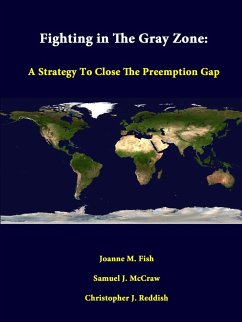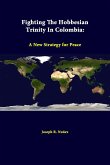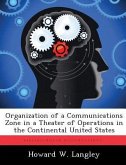In the aftermath of 9/11 the Bush administration published the 2002 National Security Strategy. The strategy identified the gravest danger to our Nation as the "crossroads of radicalism and technology." By announcing that "America will act against such emerging threats before they are fully formed," the strategy brought preemption to the forefront of the national security debate. Three 2003-2004 Harvard National Security Fellows, Commander Joanne Fish, Lieutenant Colonel Samuel McCraw, and Colonel Christopher Reddish, argue that, when the National Security Strategy introduced the strategy of preemption, it simultaneously and unknowingly created a conceptual "gray zone" by failing to clarify the substantive difference between "imminent threats" and the "adapted imminent threats" identified by the Bush administration. The resulting strategic confusion is most problematic when facing the nexus of rogue states, terrorists, and weapons of mass destruction.
Hinweis: Dieser Artikel kann nur an eine deutsche Lieferadresse ausgeliefert werden.
Hinweis: Dieser Artikel kann nur an eine deutsche Lieferadresse ausgeliefert werden.








